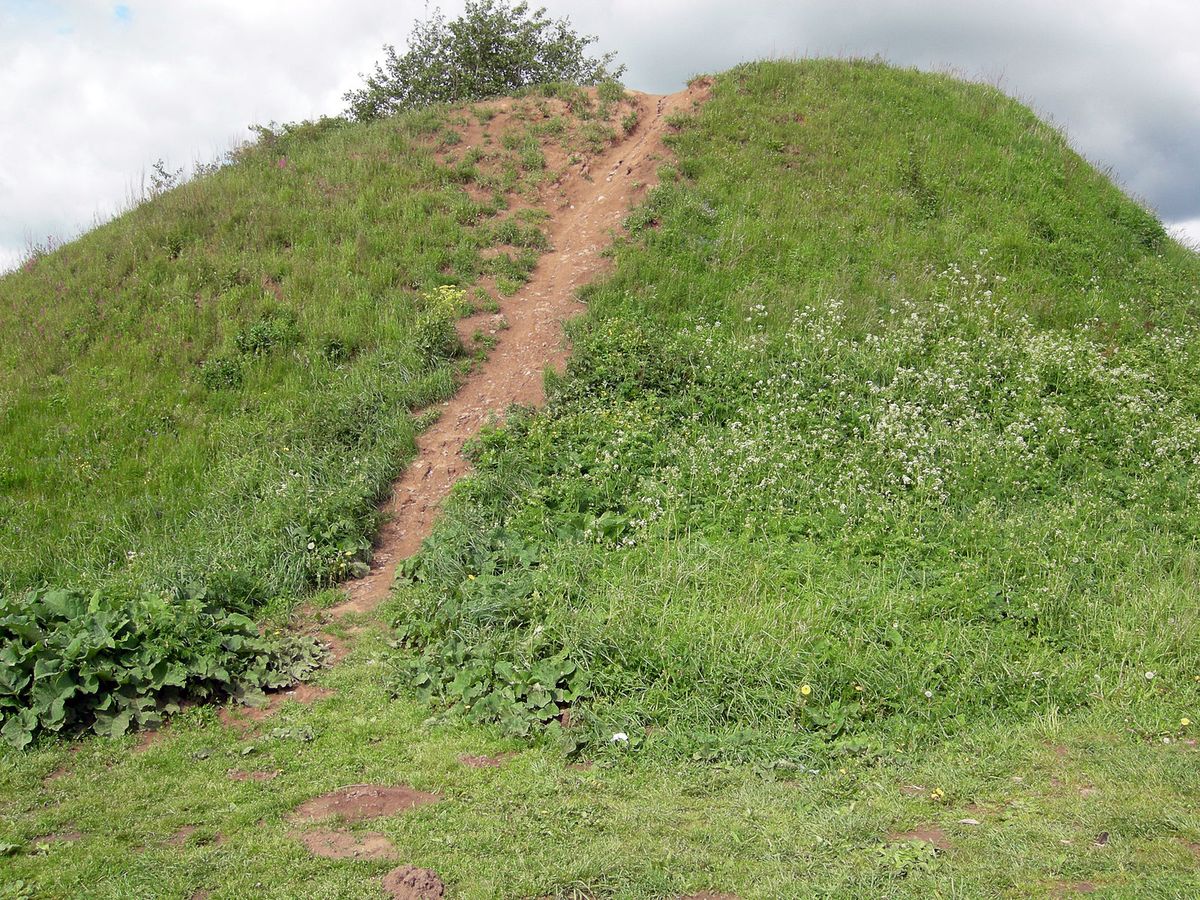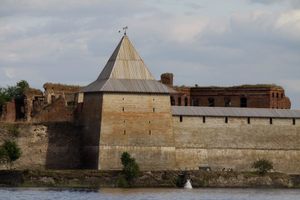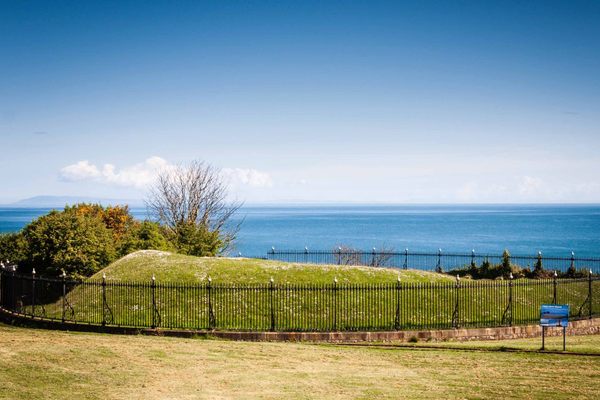About
The history of Russia is closely tied to the Byzantine empire and Scandinavian Vikings. One of the most important and central figures during the late 9th century was Prince Oleg of Novgorod, also known as Oleg the Prophet.
A royal from Novogrod, Oleg managed to seize power over most of Russia, then known as the Rus', from 882 to 912. He ruled the country from his newly established capital in Kyiv. Oleg greatly increased the wealth of his kingdom, primarily from a trade deal that he stuck with Constantinople, the capital of the Byzantine empire. Although, this came after Oleg led a military campaign against the city.
There are several legends surrounding the death of Oleg, but perhaps the most well known is that Oleg was killed by a snake bite. According to the Russian Primary Chronicle, there was a prophecy that stated Oleg would die due to one of his horses. To avoid this fate, he never rode a horse and had his cast off. As his territory grew, Oleg reconsidered riding horseback. With his horse long dead, Oleg dug up the bones and, according to legend, tapped the skull of the horse with his boot. This unleashed a serpent who struck Oleg in the foot, killing him and fulfilling the prophecy.
In line with Viking traditions, it's believed Oleg was interred in a burial mound. The Urochishche Sopki is a collection of burial mounds from the 8th-10th centuries that closely resemble other Viking burial mounds found across Scandinavia. These mounds were erected for people of importance, such as kings and regents. Along the bend of the River Volkhov is where the mound is located. However, when the site was excavated in 1823 all that was discovered was a spearhead. It's also been theorized that his body may have been buried somewhere in Kyiv.
Related Tags
Know Before You Go
The mounds are freely accessible.
Community Contributors
Added By
Published
March 4, 2020























